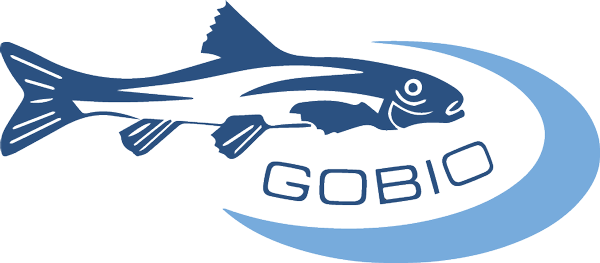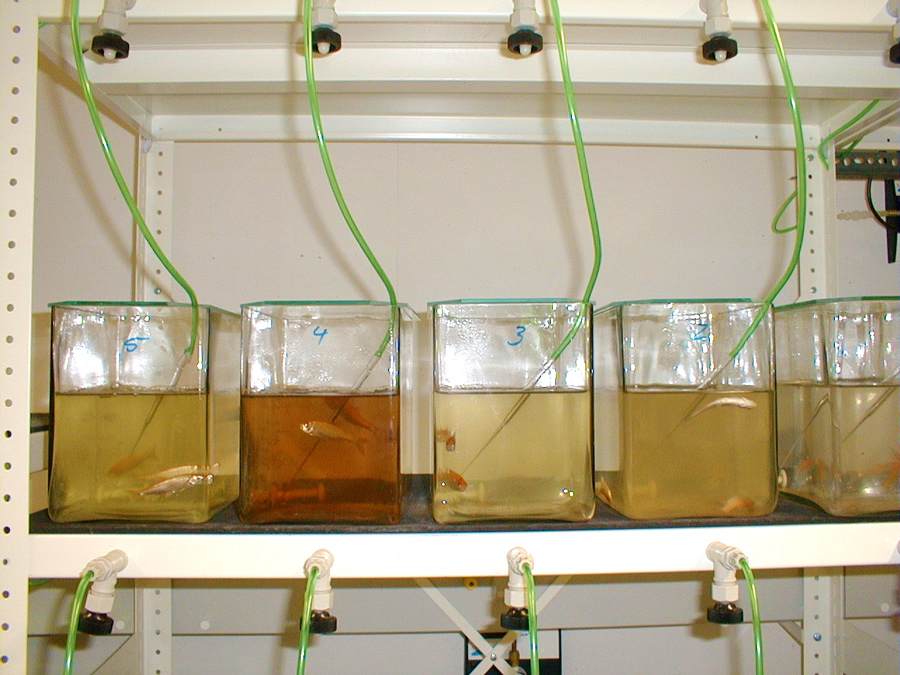Fish Acute Toxicity Test – Determination of acute toxicity for fish
For the determination of the acute toxicity of effluents in accordance with the DIN 38412-L31/L15 norm, fishes are exposed to various dilutions of water effluents. After 48 hours exposure of the test organisms, the non-acutely toxic dilution step of the sample is determined.
The test organism is the golden ide (Leuciscus idus (L.) ssp. melanotus), an orange-yellow variant of the orfe (ide) that occurs in rivers and lakes in central and northern Europe. Fishes are at the top of the aquatic food chain, and are sensitive to modifications in the environment. Worsening of the water quality may lead to harm to fishes, as reflected in various symptoms (e.g. breath catching, staggering, loss of orientation, lethargy). In some cases, the damage ma lead to death.
Under the German animal protection law, the performance of the fish acute toxicity test is mandatory for notification and authorization processes.
The procedure is applicable with effluents of all sorts. The fish acute toxicity test is a standard procedure in the enforcement of the chemical, plant protection, water management and sewage treatment laws, and is commonly used for monitoring sewage treatment plant effluents.

